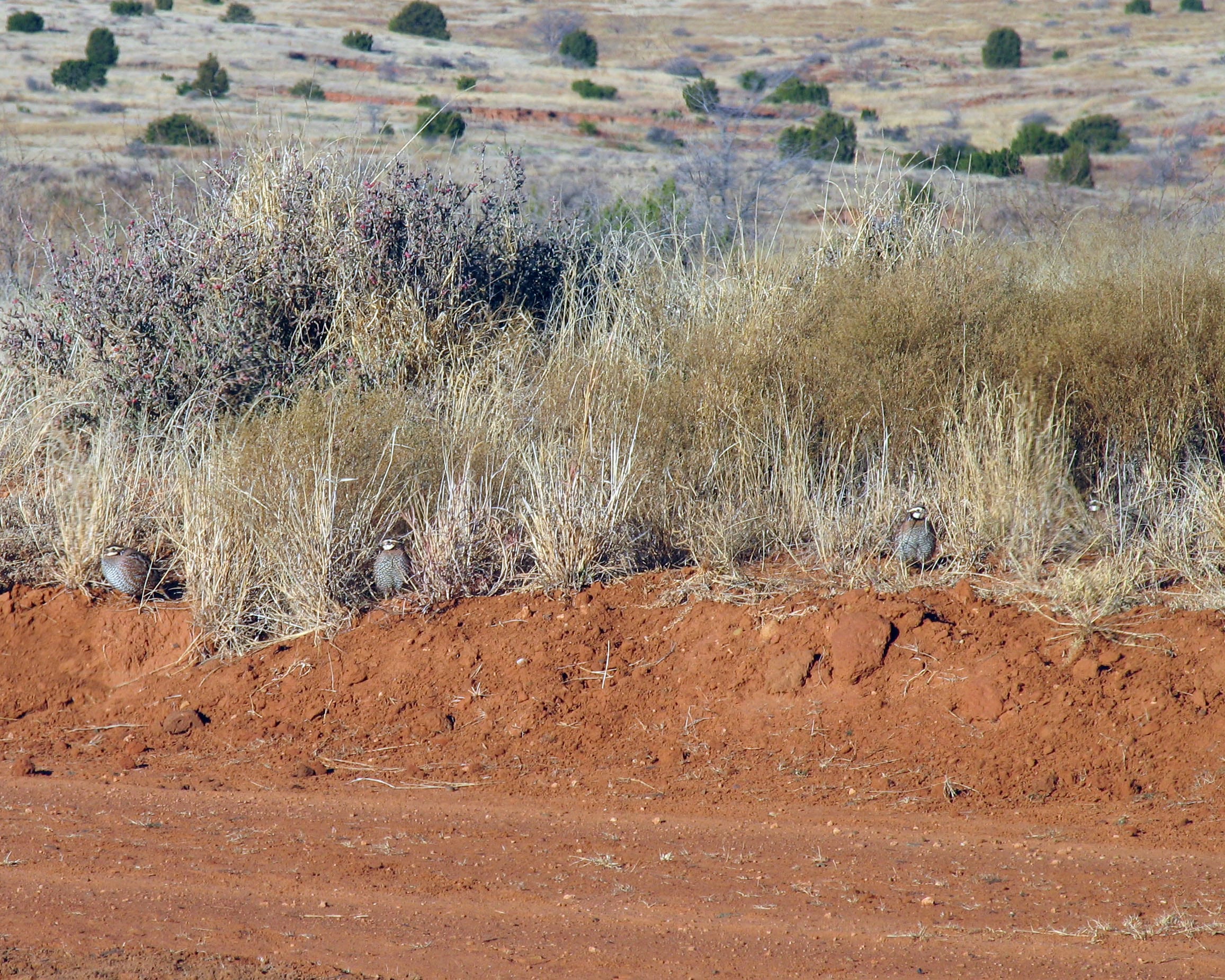Results shown, decision factors in desire, time and expense
By Craig Nyhus, Lone Star Outdoor News
Copyright 2020 Lone Star Outdoor News . All rights reserved. This material may not be published, broadcast, rewritten or redistributed.
Helping bobwhite quail through supplemental feeding originally wasn’t thought to be of much help. Studies in Texas and in the southeast, though, showed that broadcast feeding, especially into brush near roads instead of directly on the roads, showed positive effects on quail survival.
A Quail-Tech Alliance study authored by John W. Mclaughlin, now the West Texas Quail program director for Texas Parks and Wildlife Department, and published in The Journal of Wildlife Management in 2018, led to the recommendations that supplemental feeding be used as an additional management technique in areas like the Rolling Plains region of Texas.
“Broadcast feeding improved winter survival rates and subsequently, the number of females available entering the breed- ing season,” the study said. “Broadcast feeding serves as an additional management tool for wildlife managers within a strategic management program to benefit bobwhite survival during periods of physiological stress.”
The most common landowner question?
What will it cost?
In the study over several years, conducted on the 6666 Ranch in King County, the amount of milo spread was 150 pounds per half mile, spread every two weeks.
“On the ranch, we utilized about 3 miles of existing ranch roads per mile,” Mclaughlin said.
Milo ranges from $6.80 per 50-pound bag at Mumme’s to $9 per bag, and the cost can be brought down when purchased by the ton ($200 at Mumme’s plus delivery).
Calculations at $7 per 50-pound bag for 900 pounds (150 pounds per half mile for 3 miles) would total $126 (18 bags) for each 1,000 acres on the ranch.
Feeding every two weeks per 1,000 acres would then cost about $3,276 per year per 1,000 acres.
Are there ways to reduce the cost?
“We recommend reducing the rate before you reduce the timing,” Mclaughlin said. “Instead of spreading 150 pounds per half mile, you could cut that in half and still get coverage. In fact, one study showed reducing the rate didn’t have an impact on quail survival.”
Mclaughlin said if a landowner decides to reduce the timing, he would recommend feeding every three weeks instead of two, but pointed out milo stays on the landscape for about two weeks before being consumed.
Other methods to reduce cost would be to reduce the season where feed is used.
“If you reduce the season, an example would be to feed from December through March, when it is of the most benefit to the birds,” Mclaughlin said.
Dale Rollins, executive director of the Rolling Plains Quail Research Ranch, said a Garden City rancher uses another theory.
“Stop feeding from bug to bug,” Rollins said was another option, so the feed would be used when the birds have no insects to consume. “That would be about from April 1 to October 1.”
Both quail experts noted that broadcasting feed doesn’t mean quail get most of the feed, and somewhere from 6 to 15 percent will be consumed by quail.
“You’re feeding a lot of other things,” Rollins said. “Even red ants carry the milo off.”
Mclaughlin said the number could be closer to 5 percent.
“That’s why we feel broadcast feeding is better, and that’s why the feed rate is so high,” he said. “Plus the milo stays on the landscape longer than other feeds like cracked corn.”
The decision to feed to help the quail survive is a personal one, and Rollins said it comes down to the answer to a few questions.
“Do you want to feed?
Do you have the time?
And can you afford it?”


